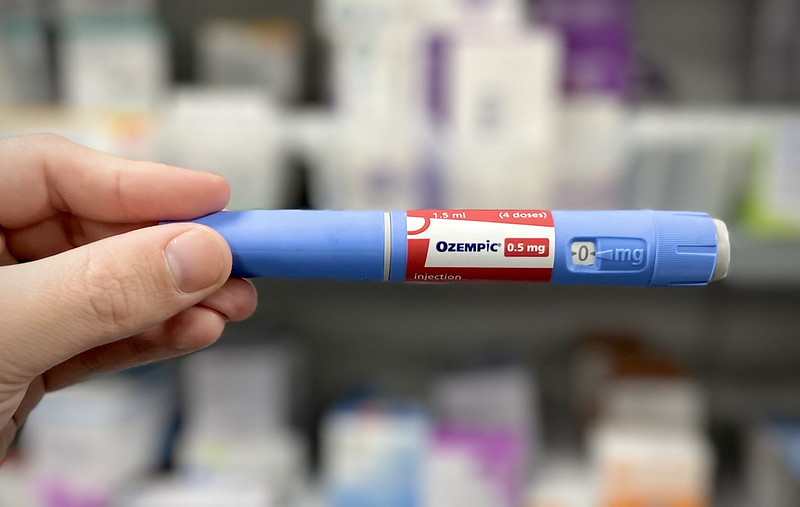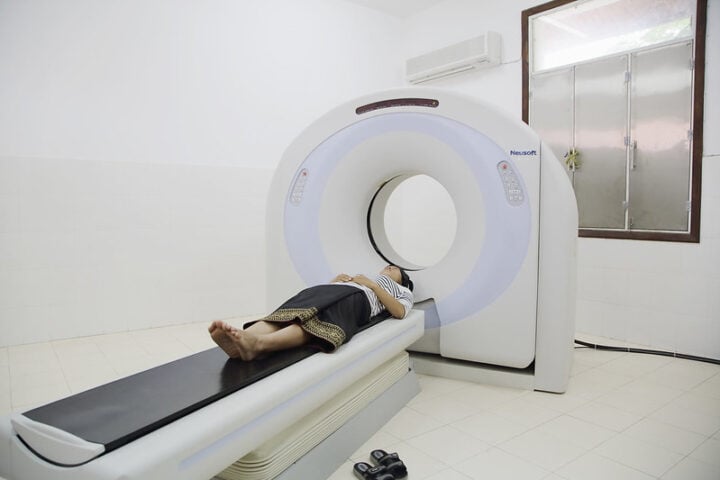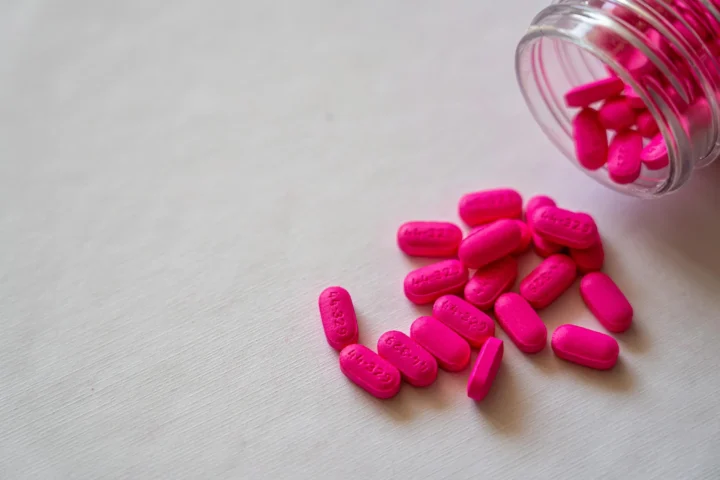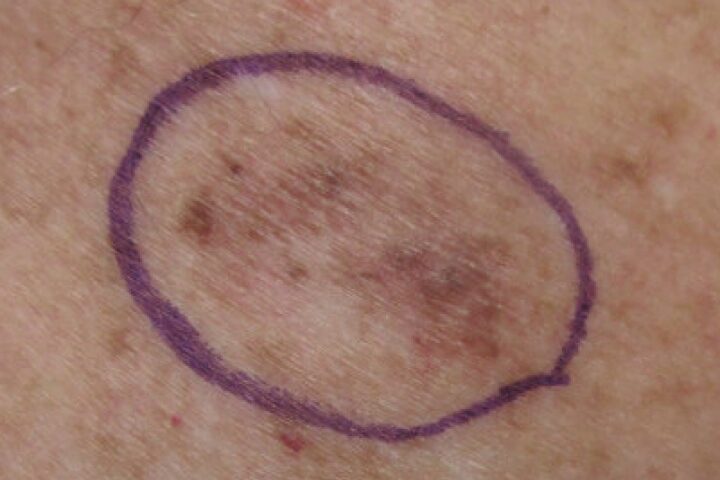People taking Ozempic and similar weight loss drugs face a new concern: possible vision loss. Recent research shows these medications might affect eyesight in some patients.
Dr. Bradley Katz from the University of Utah led a study of nine patients who developed eye problems while taking these drugs. Seven patients had eye strokes – a condition that can cause permanent vision loss. One patient had nerve swelling, and another experienced a stroke in their retina.
“Between 2-3% of the U.S. population received a prescription for one of these medications in 2023,” Dr. Katz said. This wide use makes tracking side effects crucial.
The problem isn’t that the drugs directly harm the eyes. Instead, it’s how quickly they lower blood sugar. This rapid change can make the optic nerve swell. When blood sugar levels change rapidly, it affects the fluid balance in eye structures.
“When there’s more ‘stuff’ in your blood – in this case sugar – and you suddenly reduce the amount of stuff in the blood, it causes rapid shifts in fluid between blood vessels and cells in the eye,” Dr. Katz explained. This shifting can damage vision.
Does this mean people should stop taking these drugs? No, say the experts. But they do have important recommendations.
Similar Posts:
Dr. Katz advises that if patients are starting these drugs or increasing the dose, they should do so slowly to reduce the risk of blood sugar changes.
Additionally, watch for vision changes. “If you experience a change in your vision while using one of these drugs, you should consult the prescribing doctor and see an ophthalmologist,” Dr. Katz advised.
Dr. Mir Ali, who wasn’t part of the study, emphasized how rare these problems are. “Millions have used these medications for years with no eye issues,” he said.
Still, the numbers matter. By 2030, doctors expect to write 30 million prescriptions for these drugs. Even rare side effects become important with such widespread use.
Dr. Howard Krauss, a surgical neuro-ophthalmologist, suggests having an eye exam to determine their ocular health status and check something called the “cup-to-disc ratio” in the eye. This measurement helps predict who might have problems.
The FDA is investigating these concerns. Researchers want more studies to find out exactly how often these eye problems happen.
The American Academy of Ophthalmology has alerted physicians and patients about these potential risks. If patients experience vision problems while taking these medications, they should stop taking the drug and contact their prescribing physician immediately.
This research appeared in JAMA Ophthalmology on January 30, 2025. The Research to Prevent Blindness organization supported the study.


















